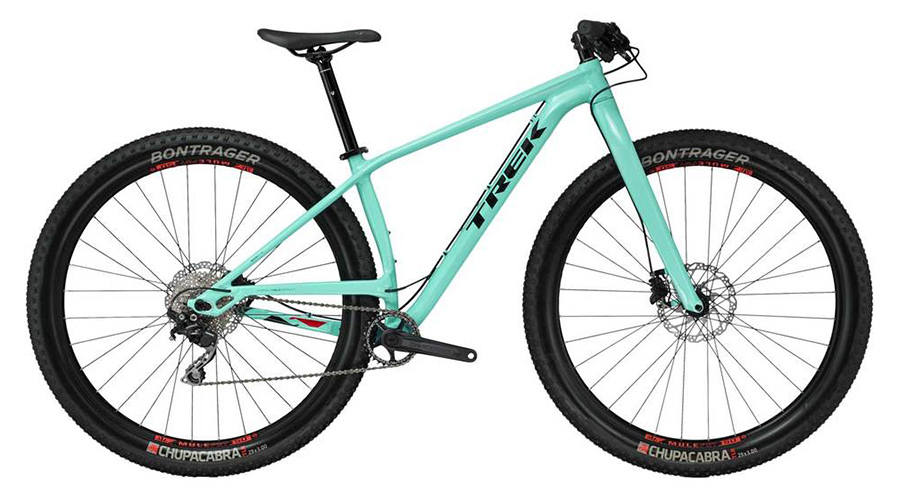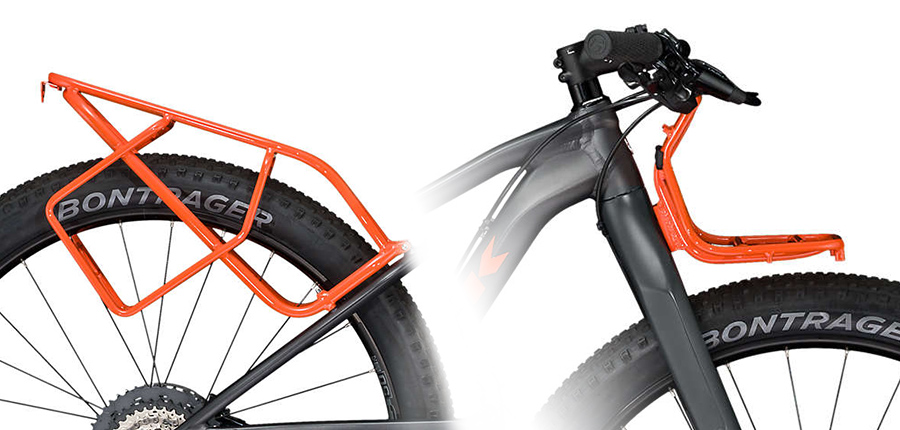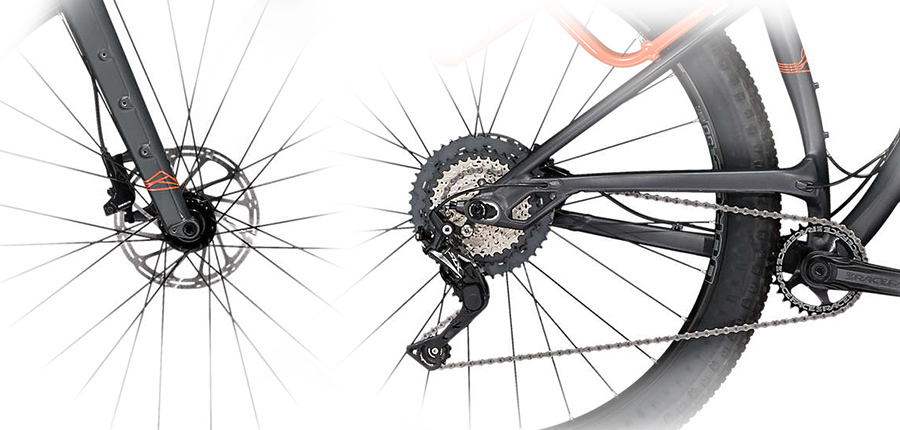Road Test: Trek 1120, Another Perspective
The May 2018 issue of Adventure Cyclist features staffer Dan Meyer’s take on the new Trek 1120, a purpose-built bikepacking rig with custom racks and immense 29 x 3.0in. tires. The bike was new to Dan, but it felt familiar to me. I’d seen a prototype Trek showed off at the Sea Otter Classic a few years ago called the “Stache” sporting a similar look (down to the color scheme).
By the time it got to market, the Stache line was much more trail-focused and the adventure-ready model the brand had shown in California was nowhere to be found. But I liked the idea of the platform so much that I bought the low-end, rigid model Stache 5 two years ago (and wrote a bit about it in our 2016 Holiday Gear Guide). The 1120, then, was the bike I’d more or less tried to buy back in 2016. But was the original concept better than the bike I’d ended up with?

Details
The similarities are many, though Trek has since updated the low-end Stache 5 to include a suspension fork. The 1120 and my bike are both aluminum with rigid carbon forks, sport the excellent Bontrager Chupacabra 3.0in tires, and roll on the biggest wheel size the mainstream bike industry offers. But the 1120 features the aforementioned custom racks, swept-back bars, slightly more upright geometry, and much lower gearing thanks to the 30-46T combo for grinding uphill when loaded. The component spec across the board on the 1120 is a bit higher end, but then so too is the price tag — $2,500 vs. $1,580 for the new suspended Stache 5.

Rack System
Those racks, unique to the bike, are a mixed bag. In the rear, clearance for the included dropper post is appreciated, and Trek’s harness system for accommodating 8-liter drybags is clever, if low-tech. Our test model’s rear rack was a little twisted, something Trek assured us was limited to a few media demo bikes, but other than a little tire rub when cornering while loaded, the rack wasn’t a problem. Up front, the direct-mount attachment to the fork crown was fantastic, and I’d gladly retrofit the front rack to my current bike if I could (I can’t).
The 1120 is a fascinating bike, but my love for the Stache is undiminished.
Aside from the slight manufacturing issue, the big rub is that despite being alloy, the racks add nearly four pounds to an already beefy bike, bringing the weight to a hair under 32 lbs. with pedals. For comparison, my rigid Stache, with an aftermarket dropper and upgraded carbon bars, tips the scales at closer to 26.5 lbs. That was enough to convince me to remove the racks for any day ride — no hardship since they mount directly and didn’t require futzing with spacers and such, but still a minor inconvenience.
The Bontrager bars check all the boxes on my personal “dislike” list, and certainly each rider’s mileage may vary. While the swoopy bars and upright position were comfortable for dirt road miles, I’d gladly swap to standard flat bars and trade a bit of comfort for more control in varied terrain. My wrists also seem to prefer the flat bar angle, though many riders have a different experience.

Pedaling and Braking
Going and stopping is certainly superior on the 1120 thanks to SRAM’s Level T brakeset, which doesn’t have the initial bite of Shimano hydraulics but feature excellent modulation, and the 30T chainring at the front of the 1x drivetrain and Shimano’s insane 11–46T cassette out back. Compared to the standing-is-required 32-36T combo on my bike, spinning the 1120 up grades was a pleasure.
Conclusion
So where does that leave me? Given the chance, would I shell out for my beloved Stache 5 again or pony up for Trek’s prototype-done-good 1120? The latter is a pure bikepacker, and the front rack especially is nearly reason enough to lean toward the gray-and-orange beast. But I’d rather have a mountain bike that rips trails and can be pressed into duty as an overnight machine than a bikepacking rig that feels just a little, well, less on my favorite singletrack. I’m always in the camp of buying a bike for the type of riding you do most rather than overcompensating for the outlier (this is very much in opposition to the buy-a-4×4-in-case-it-snows-once-a-year school of thought). The 1120 is a fascinating bike, but my love for the Stache is undiminished. It remains one of the best bikes I’ve ever ridden.
Alex Strickland is the Editor-in-Chief of Adventure Cyclist, and he recently upgraded the cassette on his Stache to an 11–46T.

